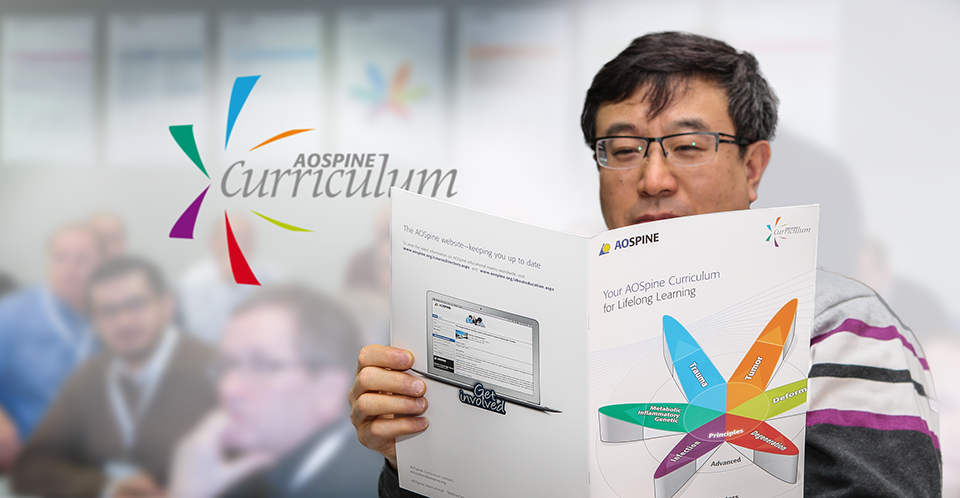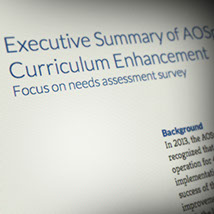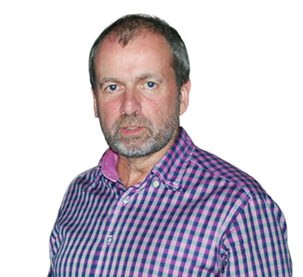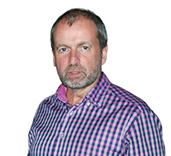AOSpine
Faculty Focus
2-2014
Content

Continuous improvement of the AOSpine Curriculum
Action items identified during the 2013 AOSpine Needs Assessment Survey have been given a new focus. One such topic, the combination of nonclinical competencies with Curriculum enhancement is now underway.
A spine surgeon has many roles:
• Medical expert
• Team collaborator
• Communicator
• Professional
• Scholar
• Teacher
• Researcher

When the AOSpine Education Commission (AOSEC) decided to evaluate the AOSpine Curriculum in 2013, it was motivated by a need to assess the success, quality, and effectiveness of this global 4-year-old project.
Identifying necessary updates for the pathologies and competencies, distinguishing areas for improvement and enhancement, and gathering community input on educational needs were the three goals that informed the design of the online needs assessment survey.
Input gathered from the 848 respondents has been analyzed and recommendations are now being incorporated as we move forward. Several actions have already been taken and enhancement of the Curriculum will be completed by the end of 2014.
The needs assessment was led by Germán Ochoa, Chairperson of the AOSEC, Bryan Ashman, and a group of lead editors for each pathology (Carlo Bellabarba, Chung Chek Wong, Venugopal K Menon, Larry Rhines, Ufuk Aydinli, Prashant Kekre, Emiliano Vialle, and Jeff Wang).
Nonclinical competencies
One of the identified enhancement opportunities for the AOSpine Curriculum is to broaden the framework to include other important facets of a spine surgeon’s life and practice.
AOSpine has thus far focused primarily on skills and techniques needed to be a medical expert, however, it was determined that including additional competencies, such as communication and teamwork, is also important for success in the surgical field. We are considering optimal ways to include these areas of expertise.
Moving forward
Key actions and recommendations that emerged from the needs assessment survey include:
• Expand our online educational offerings
• Surgery Reference
• Webinars
• Continuing Education Program (CEP) from AOSpine Latin America
• A worldwide standardized Principles Course (with a full Faculty Support Package) [launched in March 2014]
• Add competencies to the Curriculum for nonclinical areas
• Minor adjustments to the overall framework of competencies and learning outcomes
• Support integration of the output from the Knowledge Forum
• Focus the Faculty Development Training Programs on the Curriculum and integrate updated implementation and training materials
Interview with
Brian Ashman
Bryan Ashman, Past Chairperson of AOSpine Asia Pacific and Past Member of the AOSEC, spoke to FacultyFocus about why members and faculty identified a need for change in the AOSpine Curriculum. He tells us about how he is intrigued by the idea of a "hidden curriculum" and its role in translating knowledge into everyday surgical practice.
Why did you need to enhance a successful project like the AOSpine Curriculum?
Any curriculum needs to be reviewed on a regular basis to make sure it continues to provide a framework for learning. Our AOSpine Curriculum was 4 years old. We wanted to know how well it had been accepted around the world and whether or not it needed changes. It also became obvious to the AOSpine Education Commission that chairpersons were struggling with the concept of competencies.
What are the main difficulties chairpersons are experiencing?
They are having trouble translating competencies into specific learning outcomes when designing their courses. It is challenging for many to identify what they should cover to satisfy a given competency. Competencies are a combination of skill, knowledge, and attitude—not necessarily a concrete skill. The second difficulty is that we don’t yet know how courses based on the AOSpine Curriculum translate back into the hospital. This is part of the project we might engage in next.
AOSpine conducted interviews and a survey of faculty and members to complete the review process. What did you learn?
The process of the AOSpine Curriculum review began last year with a series of interviews and an online survey. We stopped at 848 responses. Respondents were a motivated group characterized mostly as experienced orthopedic surgeons with two-thirds working in university hospitals. The surgeons were interested in deformities, particularly in choosing appropriate recommendations and dealing with complications in elderly patients. Also, they were very interested in being exposed to and taught nonmedical competencies. The survey revealed the desire for more courses and opportunities to spend time with experienced surgeons on short-term fellowships.
What was the most unexpected finding from the survey?
The majority of these 848 experienced surgeons wanted to learn more about treating tumors of the spine. Most spine surgeons do not have to deal with tumors on a regular basis. They are difficult, need multidisciplinary approaches, and not every spine surgeon works alongside an oncologist.
What is the next step in the AOSpine Curriculum review project?
The next step for us will be to write some nonclinical competencies and then to start a research project exploring how the translation from curriculum to workplace occurs and identify the barriers and potential opportunities.
How will the identified need for nonclinical competencies be addressed?
My project group looked into this and we started with the CanMEDS Non-Clinical Competencies, which were developed by the Canadian Medical Association. They define these roles as: communicator, collaborator, leader, health advocate, scholar, and professional. For our use we have grouped them together: communication and teamwork; practice management and health economics; learning, teaching, research in the workplace; and professional practice. I have written some draft competencies around these and in the next few months the AOSpine Education Commission will assess if they should be included in the update of the AOSpine Curriculum.
You are currently working towards a Master Degree in Surgical Education. Have you learned anything thus far that you feel is highly relevant to AOSpine and the Curriculum review process?
I have become very interested in the concept of "hidden curriculum". This refers to knowledge that individuals gain on a course that was not in the curriculum. If you think about students at university, they commonly learn things in a course that were not part of the syllabus. The same holds true for the workplace. What do surgeons learn at work that we are not putting in their curriculum? I want to know how we translate this hidden knowledge into teaching and learning at work, caring for patients and gaining competencies. I want to discover the content that we don’t have stated in our curriculum but is being imparted nonetheless.
How will AOSpine share the information that is generated by this research?
That is a big question on my mind—how to share the information and also incorporate it into the AOSpine Curriculum. We clearly can improve on the level of communication and need to try a different method than what was used in the past. I think we need very specific workshops for faculty to explain how to make the transition from written curriculum to courses to work place impact.
__
Bryan Ashman, MB,BS (Hon) FRACS, FAOrthA
Past President of the AOSpine Asia Pacific Board, Bryan Ashman is an orthopedic surgeon and senior clinical lecturer based in Canberra, Australia. He is currently pursuing his Master degree in Surgical Education at the University of Melbourne.

AOSpine
www.aospine.org | education@aospine.org
Copyright © 2014 AO Foundation. All rights reserved.

